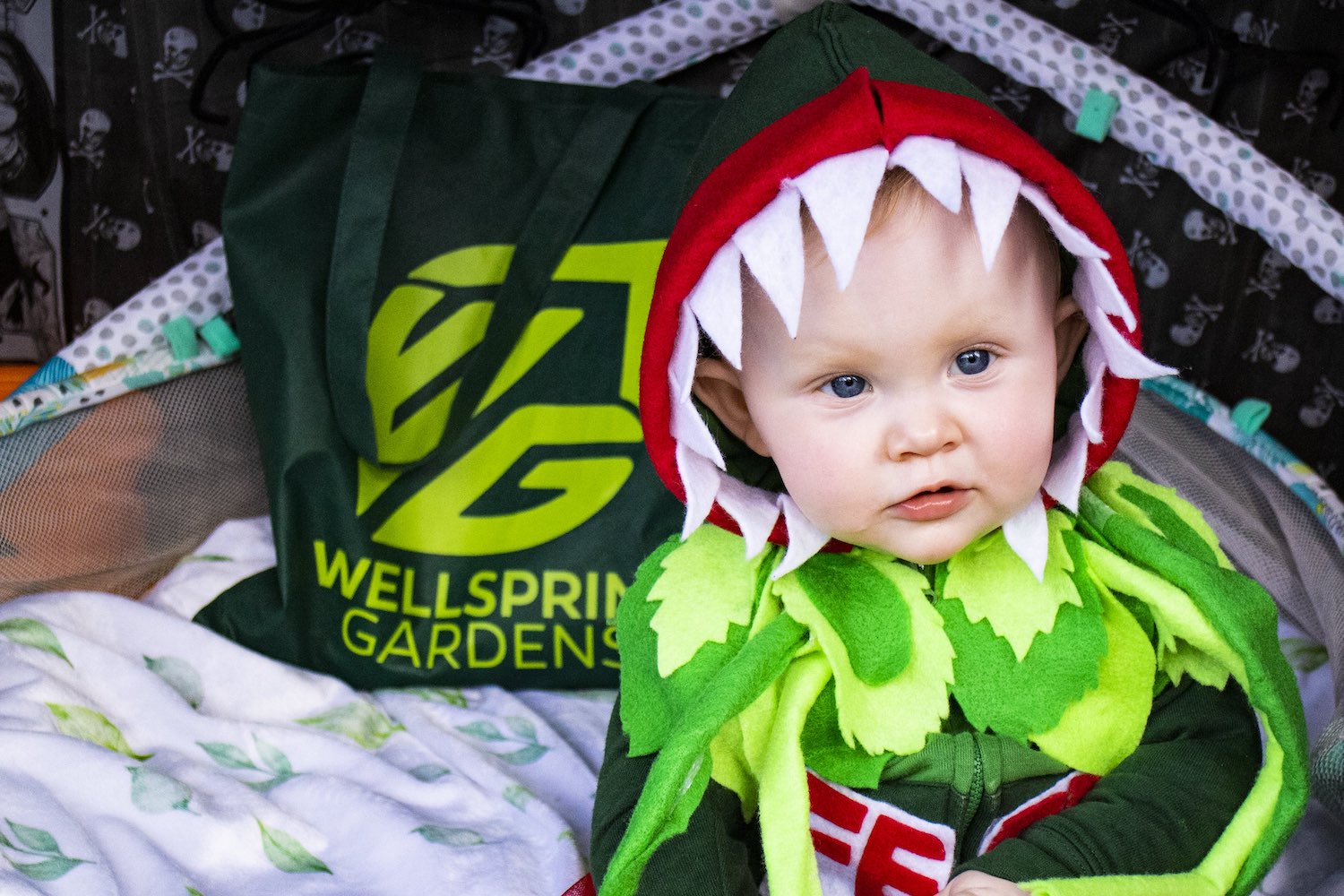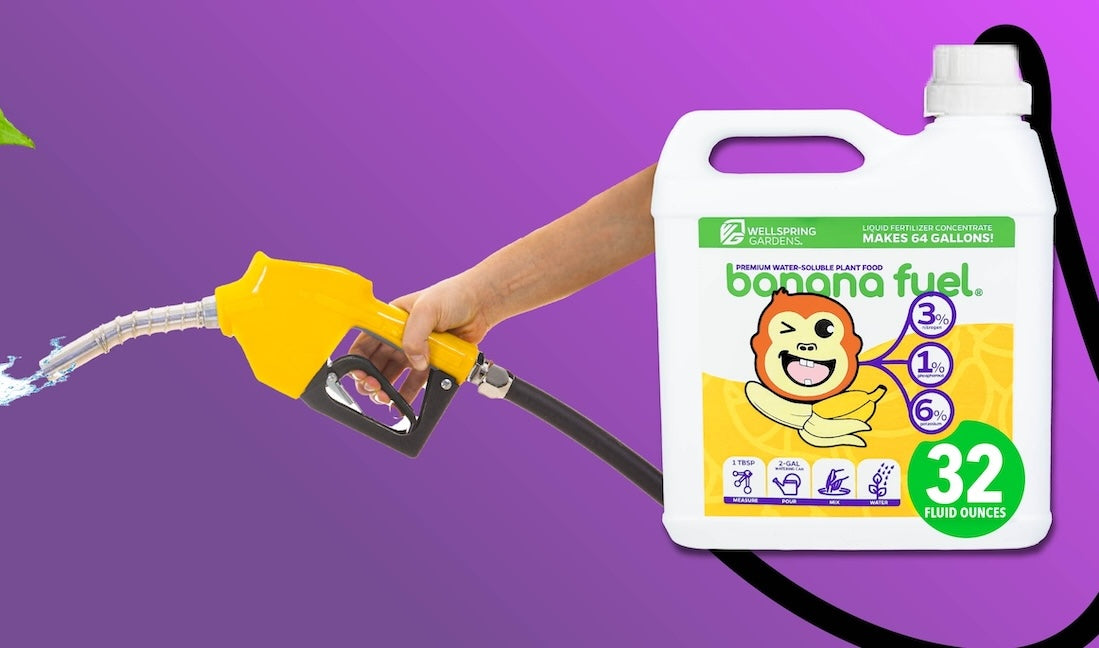Philodendron Care
With more than 600 Philodendron varieties, you'll find so many unique types--from heart-shaped, lobed, or deeply split leaves in rich shades of color pops or even variegated patterns. Native to Central and South American rainforests, Philodendrons thrive in humid environments with bright, filtered light. You can easily recreate this environment in your home and you'll be rewarded with the air-purifying beauty of these plants. Some philodendrons climb, some trail, and some form upright bushes with large leaves. The root ❤️ Phil means love, and 🌳 dendron means tree--fitting since in their native jungle habitat, these guys love to vine out all over the trees. With so many forms and species to explore, you’ll put the ❤️ "Phil" in Philodendron.
Philodendron culture in a nutshell
Plants have a culture they prefer, just like people from different countries and even households have their own customs and traditions. Some grow in desert-like conditions, storing up water and needing hardly a drop to stay hydrated. Others grow next to ponds and love to be sitting in water. To keep your plant happy, you don't have to live in a spot perfectly suited for the plant. You can give your plants the culture they crave by making a few adjustments.
Read on to learn about the culture Philodendrons need to thrive. If you just need a quick bullet point answer, glance at the list below. If you want more information, you can read the full deets about each point, too.
- 📍 Origin: Central and South American rainforests
- 🌡️ USDA Hardiness Zones: 9-11 or any zone indoors
- 📊 Classification: Evergreen perennials that vary from upright to vining
- 📏 Height potential: Varies but typically 3-5 feet
- 🏡 Planting location: Indoors or outdoors
- ☀️ Light: Bright, filtered
- 💧 Soil/Watering: Light watering, partially dry soil between waterings
- 🍴 Fertilizer: 20-10-20
- ✂️ Pruning: In spring or summer
- ❄️ Cold weather care: Protect from extreme temperatures
- 🕷️ Common pests: Aphids, mealybugs, spider mites, and thrips
- 🐈 Pet safe? No
- 🤔 Troubleshooting
The Full Deets
📍Origin
Philodendrons are native to Central and South America and thrive in humid, warm regions but they also do great indoors with proper humidity. In their natural habitat, many philodendrons are epiphytic, meaning their roots attach and grow as they climb up trees. In fact, the Latin name Philo means love and dendron means tree. Philodendrons are now commonly grown in many other places, including your living room and your garden.
🌡️ USDA Hardiness Zones
Can I grow Philodendrons where I live? What if I live in a cold place? No problem. If they can't grow outside in your area, Philodendrons make great houseplants. In fact, they are most commonly grown indoors due to their air-purifying effects and low maintenance requirements. If you live in zones 9-11, you can grow inside or outside.
When you visit our site, you can enter your zip code on our Growzone Finder to see which USDA hardiness zone you are in.
📊 Classification
Philodendrons are evergreen perennials (garden lingo which means they don't die annually but rather live for many years). Most Philodendrons grow upright and compact and top out at just 3-4 feet, which makes them great for container growing! Some are vining climbers if grown outdoors.
📏 Height potential
This plant grows to around 2 to 4 feet tall and wide.
🏡 Planting location
Philodendrons grow well both indoors and outdoors as long as you give them bright, indirect light and ample humidity. Indoors, you can use a humidifier or spray bottle to mist.
If planting multiples outdoors, space 6 to 8 feet apart to allow the roots ample room to spread out.
🔆 Light
Philodendrons thrive in bright but indirect light. If planting outdoors, provide a spot that allows filtered sunlight through. Indoors, place close to an East or West facing window.
💧 Soil / Watering
Plant Philodendrons in soil that drains well and keep the soil partially dry, allowing the top 2 inches of soil to dry out slightly between waterings. This probably means you will need to water it 3-4 times per week, but that can also depend on your climate and pot size. Check out our watering guide to learn more about getting just the right amount of moisture for your plant.
🍴Fertilizer
For Philodendrons and other houseplants, we recommend fertilizing every 14 days in the growing season (spring/summer). Once the cooler temperatures of fall and winter hit, you can take a break from fertilizing as your plant goes dormant.
All fertilizers contain three primary nutrients: (Nitrogen (N), Phosphorus (P), and potassium (K). Philodendrons can thrive with a ratio of 20 Nitrogen (N), 10 phosphate (P2O5), and 20 potash (K2O) along with other micronutrients or a balanced 20-20-20. We've got you covered with our 20-10-20 and 20-20-20 fertilizer fuels.
✂️ Pruning
Pruning off old, dying off growth isn't required but it can encourage new growth and can also help the plant stay happy and healthy. It's best to do this as needed during the active growth of spring and summertime.
❄️ Cold Weather Care
Fall sweater weather, the scent of cinnamon brooms, and the flavor of pumpkin spice emanating from the kitchen all signal the beautiful autumn leaves 🍁 we all love turning from green to a crispy orange and yellow; we know that although the leaves have fallen, the trees are still alive and well; they’re just hibernating (in plant terms, going dormant) until the spring season brings a wellspring of new life.
In the cold of fall and winter, your Philodendron may not be as vibrant as it is during the growing season. No need to fear though; once the season changes, it will naturally "wake up" from receiving more sunlight and fertilization.
Learn more in our Overwintering Guide.
🕷️ Common Pests
🐈 Toxic to Pets?
🤔 Troubleshooting
Why are the leaves droopy? Underwatering is usually the cause of drooping leaves. Philodendrons like partially dry soil, but be sure to water every few days after the first 1 inch of soil dries out somewhat.
Why are the tips turning brown? Another telltale sign that your plant might be parched is if the tips are turning brown or crispy. This can also happen if you're fertilizing but not watering sufficiently to make up for the new growth.
What is causing my plant to be mushy? Overwatering can lead to rotting leaves and/or roots. Allow the first inch of soil to dry out somewhat between waterings.
Why does my plant have spots? This could be a fungal infection caused by overwatering. Combat it by less frequent watering and by using a fungicide.
Why is my plant not growing? Philodendrons are relatively slow-growers, so don't expect huge gains every season. There are also numerous factors that can affect growth, such as pot size, the time of year (expect limited growth during the fall/winter dormant period), fertilization frequency, and access to bright but indirect light. Be sure to give your plant proper light, nutrients, and time, and your patience will eventually be rewarded.
How should I care for my Philodendron after it arrives? Please give your plant a little TLC after its journey through the mail 📬. Here are a few steps we recommend:
- Unwrap immediately to provide fresh air to the plant and soil.
- Wait a few days before exposing to full sunlight so your plant can adjust after being in a dark box for several days.
- Always protect from heat and cold because temperature extremes can be stressful or deadly for plants.
- Water. Your baby plant may be parched and even a little wilted but thorough hydration will help it recover.
- Grow out in a larger pot to increase your chances of success—i.e., a quarter gallon—Then transplant to the ground or the next pot size up once the roots fill to the bottom. This will help the plant get sufficient water and nutrients directly to the roots.
Learn more in our After Arrival Care Guide.
What size pot should I use? We highly recommend growing your baby plant out in a larger pot 🪴 to increase your chances of success
You don’t have to repot immediately, but the sooner you do, the more room it has to grow.
Here are some general repotting tips:
- Start with a pot that's 1-2 inches larger in diameter than the starter-sized pot it came in. A pint or quart would be great.
- Lightly wrap sphagnum moss around the plant and place in the new pot.
- Transplant to the next pot size up once the roots fill to the bottom.
Learn more in our Repotting Guide.
Shop
Start or continue growing your Philodendron collection with Wellspring Gardens.
Happy planting! 🪴






